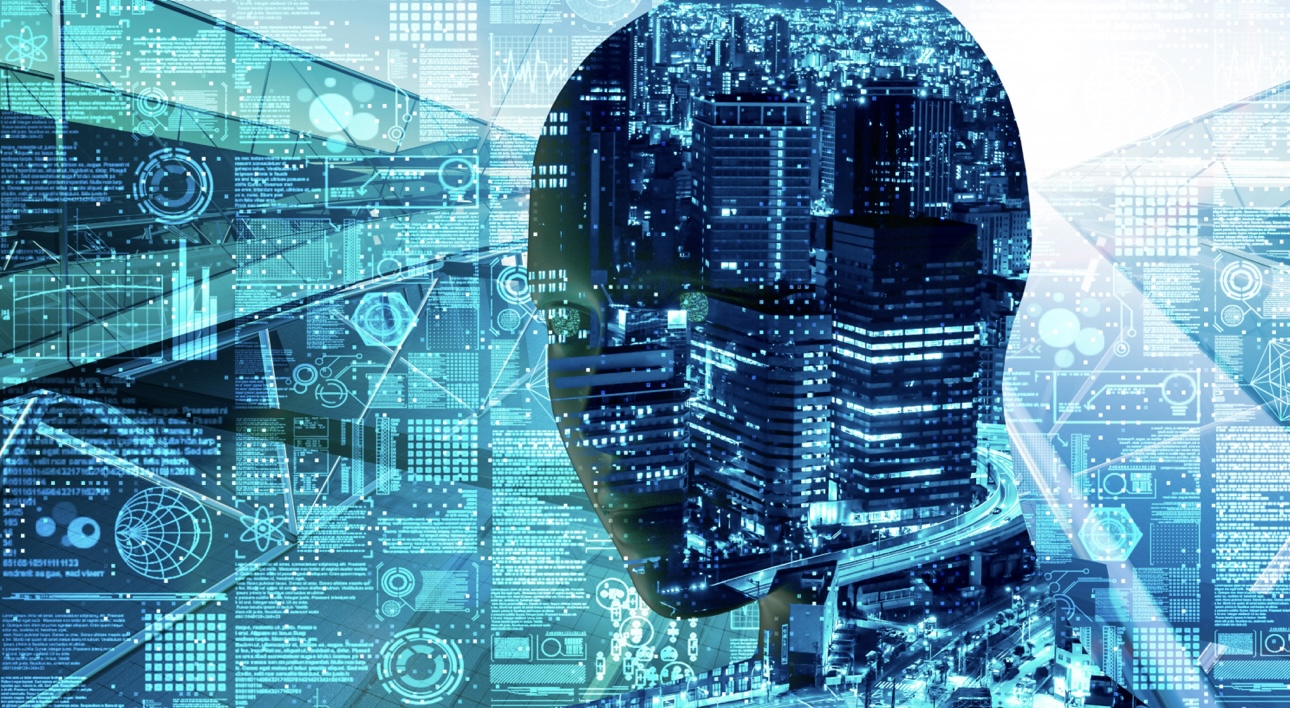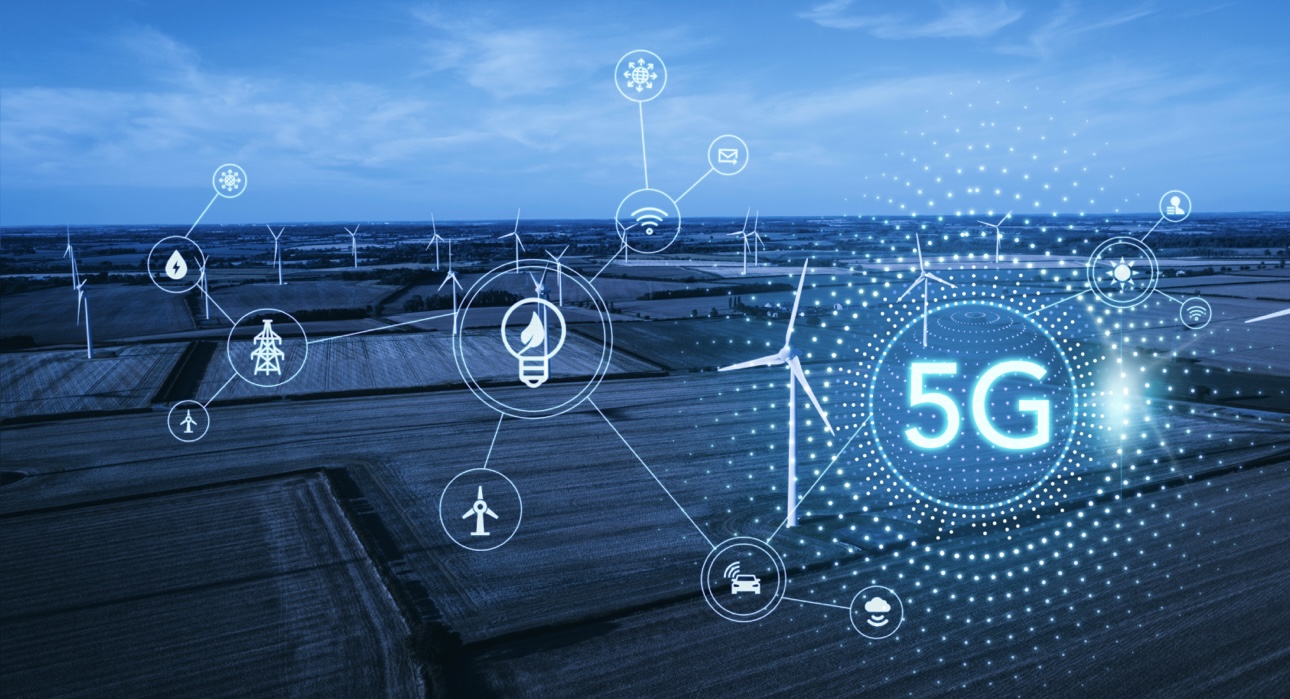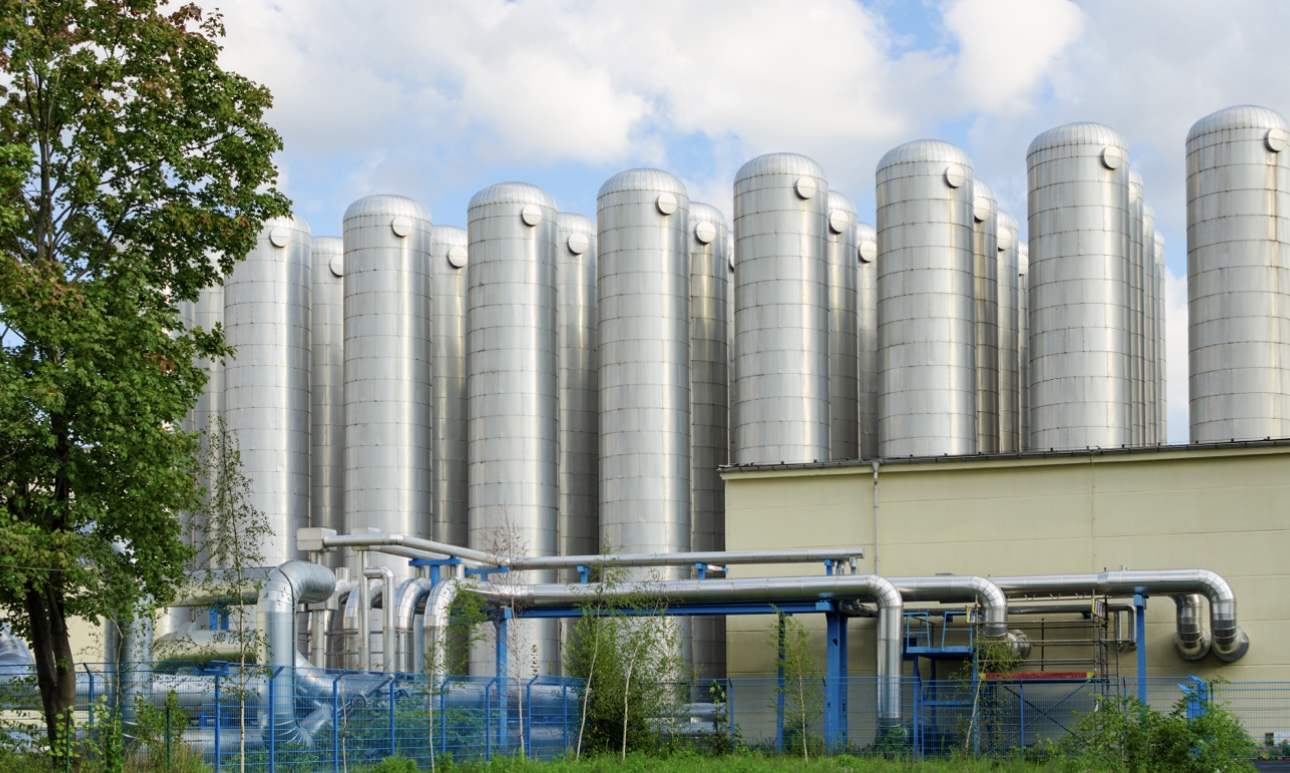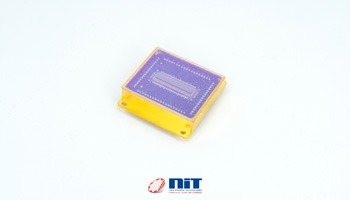Enhancing Operational Efficiency and Safety Through Real-Time Monitoring and Control in Industrial Processes

Enhancing Operational Efficiency and Safety Through Real-Time Monitoring and Control in Industrial Processes
In today’s fast-paced industrial landscape, real-time monitoring and control systems are used in industrial processes to optimize production processes and ensure operational safety as well as sustainable practices. Industries that have shifted to digital operations use IoT, together with AI, edge computing, and 5G technology to handle data collection and processing and immediate response procedures. This article examines industrial real-time monitoring systems and their enabling technologies, as well as their sectoral applications and present and future developments and barriers.
What Is Real-Time Monitoring and Control?
Real-time monitoring involves monitoring industrial processes, while data regularly reports the ongoing activities of those processes until completion. Real-time monitoring data enables control systems to enable immediate decisions about altering machines, systems and operational processes to support improved performance levels, and safety standards as well as quality maintenance. The integrated system enables industries to act quickly on collected data, thus preventing failures and reducing waste for better operational efficiency.

Key Technologies Enabling Real-Time Monitoring
Modern industrial processes demand multiple advanced technologies to perform real-time monitoring activities. These upgrades let businesses acquire data while simultaneouslyprocessing it into immediate actions without any delays.
1. Industrial Internet of Things (IIoT)
Real-time monitoring depends on the Industrial Internet of Things (IIoT) infrastructure to function as its basic platform. The IIoT technology establishes connections between industrial equipment sensors which maintain continuous data collection and transmission functions. The technology of IIoT provides industrial organizations with equipment failure anticipation capabilities, while reducing energy usage to produce better quality products and improved safety environments for workers as described by Neuroject.
2. Edge Computing
The latency problems of cloud computing get solved through edge computing, which processes data through facilities that rest simultaneously with the network "edge. " Edge devices handle data point distribution by executing localized decisions directly from the devices instead of forwarding them to the cloud. TOXIGON proves essential for manufacturing facilities alongside the oil & gas industry because it ensures instant reaction to vital events in the production cycle.
3. Artificial Intelligence (AI) and Machine Learning (ML)
AI together with ML technology uses historical data and current datasets to discover patterns and detect unusual behavior in the data. The combination of these technologies provides both forecasting of equipment breakdowns as well as operational optimization and automated system responses. Through their explanation, Eoxs shows how machine learning methods enhance industrial anomaly detection along with boosting maintenance planning and equipment performance management.
4. 5G Connectivity
Through 5G networks, organizations obtain fast communication with minimal delays to performextensive real-time data transfers. Telecom Gurukul reports that 5G technology enables the operation of smart factories combined with real-time video surveillance technology as well as the management of remote system synchronization which benefits contemporary industrial requirements.

Applications in Various Industries
1. Manufacturing Real-time monitoring systems operating in manufacturing industries track essential parameters which include temperature reading and machine vibration measurements as well as pressure data. The detection of any threshold deviations automatically creates system notifications which result in both machine parameter alterations and warning signals for maintaining product reliability standards. The decision engine from TOXIGON results in process enhancements because it reduces bothequipment downtime and operational expenses, while achieving dependable product outputs. Proactive maintenance becomes possible because manufacturers detect signs of equipment deterioration in advance thus avoiding production interruptions.
2. Energy & Utilities Real-time systems operated by the energy and utilities sector enable power balance management, together with outage prevention and comprehensive energy resource optimization. Power grids as well as oil refineries and renewable energy sites perform real-time monitoring through which they detect faults while managing their load distribution. Real-time data about solar and wind power run through smart grids to optimize their integration process according to Telecom Gurukul. The grids effectively use this data to manage battery storage and quickly handle abrupt demand surges. The implementation of this technology improves both sustainability and system operational reliability.
3. Transportation and Logistics Situational technology systems allow companies to monitor their fleets accurately as well as track shipment status in real time. Live monitoring becomes possible through GPS and condition sensors that track trucks continuously and send information to logistics teams allowing them to track routes and identify and prevent delays and avoid perishable goods spoilage. The combination of present-time traffic details allows predictive routing devices to minimize energy consumption which helps make distribution operations more efficient. The system results in expedited deliveries and less operation costs and better customer satisfaction rates.
4. Water and Wastewater Treatment Proper management of water quality and system health in municipal water systems requires real-time sensor operations. The monitoring system checks chlorine levels together with turbidity and pH levels and flow rates at all times. The implementation of automation enables utilities to instantly manage chemical dosing, detect leaks in the early stages, and meet environmental requirements. Safer delivery of water accompanies better resource utilization as well as reduced environmental impact.

Benefits of Real-Time Monitoring and Control
Real-time industrial control technology improves efficiency and safety through its broad set of operational benefits that optimize several business sectors.
1. Operational Efficiency
The ongoing collection and analysis of data performed by real-time systems leads to instant process improvements. Through automated regulation, machines achieve optimal operation without needing human interference. The system reduces production disruptions while increasing the work speed and delivering steady output results. The productivity of industrial operations improves while task sequences run more efficiently.
2. Predictive Maintenance
Real-time monitoring enables teams to identify equipment, wear symptoms together with unusual vibrations and overheating conditions so they can prevent upcoming failures. Implementing predictive maintenance methodologies prevents unplanned equipment stops, while decreasing the number of urgent equipment maintenance requirements. Predictive maintenance enables machine stakeholders to make timely replacements of parts
and service points to extend equipment lifespan.
3. Energy Efficiency
Organizations achieve better power consumption monitoring which reveals ineffective equipment and operational procedures. Production remains stable as adjustments to decrease energy consumption occur automatically in real time. Operating expenses decrease while sustainability targets can be reached because of minimized carbon emissions.
4. Enhanced Safety Live monitoring systems improve industrial safety because they detect hazardous events such as gas leaks, high temperatures along with abnormal pressure levels through rapid detection. The automation of safety responses serves two purposes by safeguarding workers and equipment through alarm activation and system shutdown. The proactive strategy effectively minimizes the probability of accidents happening.
5. Cost Savings
Financial advantages result from the combined effects of these advantages. The combination of decreased downtime with lower energy costs therefore produces greater equipment reliability that leads to both economical efficiency and longer equipment lifetime. Decision-makers who receive real-time data make precise and prompt decisions which reduces unnecessary costs while obtaining better investment returns. Emerging Trends in 2025
1. AR/VR Integration
AR technology enables technicians to superimpose sensor data upon physical equipment objects so they can conduct easier maintenance activities and diagnostics. Organizations are adopting Virtual Reality (VR) to provide remote training programs to their employees. According to Eoxs, technology implementation involving AR alongside real-time monitoring systems creates improved work efficiency together with personnel protection needs.
2. Digital Twins
The Digital Twin technology represents an exact virtual duplicate of physical systems which gets updated continuously as events occur. Computer simulation through digital twins allows engineers to model various environmental conditions, thereby predicting the response of their systems.
Companies use digital twins to:
• Optimize processes virtually before applying them in the field.
• Compare real vs. expected performance
• Test scenarios without real-world risks
3. Advanced Cybersecurity Integration Security becomes more critical because a growing number of devices connect to networks. Real-time systems now integrate:
• Behavior-based anomaly detection
• End-to-end encryption
• Network segmentation
Industrial automation systems security now relies primarily on the IEC 62443 standard as their main reference framework.
4. Sustainability Monitoring
Businesses now focus on real-time emission tracking as well as real-time water usage management and waste handling because of environmental concerns. Current industrial operations benefit from real-time dashboards to achieve the following functions:
• Track carbon footprints
• Reduce raw material waste
• Meet regulatory compliance faster
Challenges in Implementation
Real-time monitoring together with control systems benefit operations significantly, but organizations must overcome multiple implementation hurdles when implementing them. Real-time systems produce excessive sensor data at each second of operation. The efficient management of vast volumes of real-time data along with data analysis and storage needs proper infrastructure that brings both complexity and high expenses to maintain it.
1) Integration with Legacy Systems: The majority of factories maintain plants with equipment which fails to use modern connectivity features. Advanced monitoring technologies encounter various implementation complications when integrated with these legacy systems, since the integration process includes technical issues along with new costs.
2) High Initial Investment: Real-time system deployment requires companies to invest large amounts of initial capital to acquire sensors and implement edge or cloud infrastructure and purchase analytics platforms and provide staff training. The challenge presents itself as a particular difficulty for small and medium enterprises.
3) Skilled Workforce Shortage: The world faces a lack of qualified experts in Artificial Intelligence together with machine learning abilities and automation expertise and cybersecurity competencies. Effective system maintenance and implementation becomes challenging for companies when they lack the necessary personnel resources.
4) Cybersecurity Risks: Industrial devices that join the internet become vulnerable targets when they are connected to the internet. Painful security vulnerabilities created by weak protocols enable both system shutdowns and data theft instances and breaches. The complete exploitation of real-time industrial systems together with digital age survival requires businesses to resolve these obstacles.
The Future of Real-Time Industrial Monitoring
Industrial monitoring within real time processes is progressively moving toward hyper-automation that enables machines to excel beyond observation and basic control mechanisms. These systems will utilize their intelligence to study historical events, while autonomously developing actions which boost operational safety together with increased productivity standards.

The next years will bring the following developments:
AI co-pilots are becoming common place among industrial workers to provide time-sensitive process recommendations along with automatic operational execution. The next level of automation provides factories with complete independence since they operate without human assistance and can adjust themselves to monitor all manufacturing processes. Blockchain integration for secure, transparent, and tamper-proof data exchange between supply chain partners and industrial ecosystems. Green AI technologies refer to sustainable AI models which focus on energy-efficient systems and minimize environmental impact factors during complex process optimization. Eoxs states that the upcoming industrial revolution involves developing intelligent systems to boost human capabilities rather than replacing human workforce. The convergence between real-time monitoringsystems and AI, IoT and edge computingtechnologies and advanced analytics will establish a new business paradigm that relies onagility together with resilience alongside sustainability for competitive superiority.
Conclusion
Time-sensitive monitoring operating in real-time is now an absolute requirement for the functional industries of the modern age. These technologies define competitive responsibility in 2025 through sustainable operational practices, which also reduce time-based system failures. Businesses that build investment in scalable, secure AI real-time systems in the current moment develop both financial prosperity and lead the industrial transformation toward sustainability.







Leave a Reply